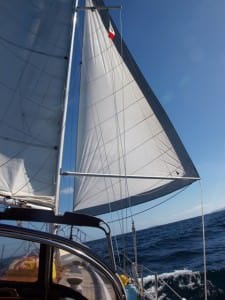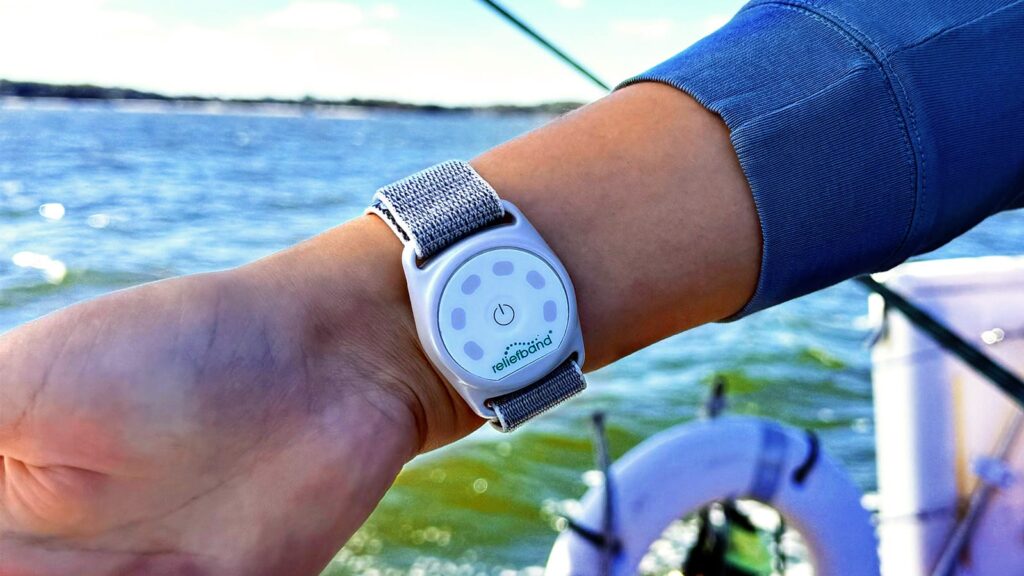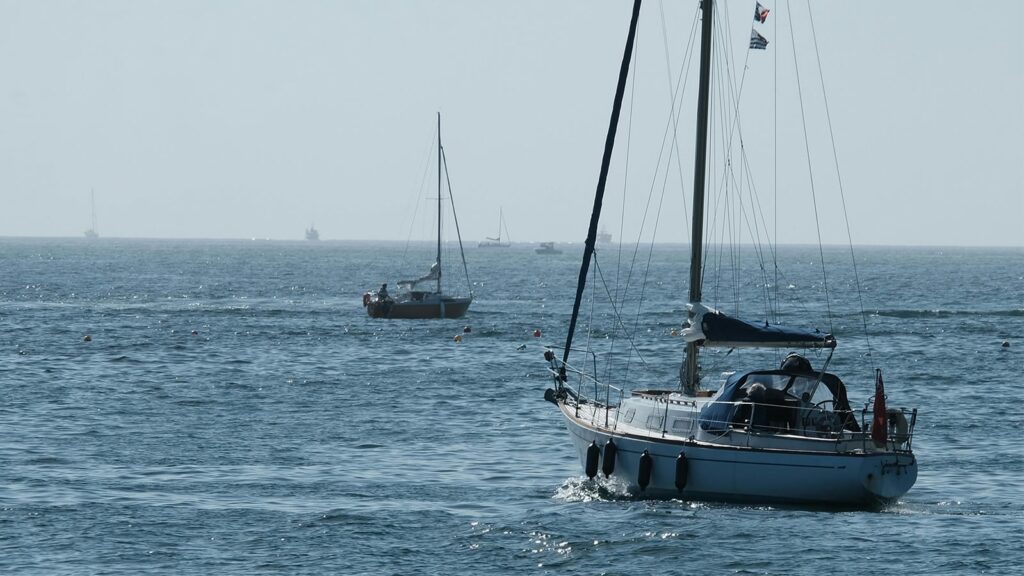 No one knows quite how sailing began, though it’s certainly been going on for thousands of years. For example, way back in 1200 BC the Greeks launched 1,000 ships and sailed to Troy, and subsequently Odysseus went on one of the worst Mediterranean sailing charters in history trying to get home again.
No one knows quite how sailing began, though it’s certainly been going on for thousands of years. For example, way back in 1200 BC the Greeks launched 1,000 ships and sailed to Troy, and subsequently Odysseus went on one of the worst Mediterranean sailing charters in history trying to get home again.
Like most things, the creation of a sail probably started as an accident–someone somewhere held a piece of cloth up to the wind and noticed that it made their canoe/raft/piece of driftwood move faster. From those humble beginnings, the idea of using a sail to move through the water went on to change the world forever.
So how did it happen?
For at least a thousand years, the primary type of sailing ship was the square-rigger. A square-rigged sail is, not surprisingly, square, and is designed to have the wind push on it from the back and propel the boat forward. A simple and effective idea, and square-rigged ships drove world travel, commerce, and warfare for hundreds of years. But it had its limitations. The main problem was that you could ONLY sail running with the wind at your back, or at a very limited angle to it. Not very convenient if your destination lay in the other direction. The only answer was to start rowing (or in the case of the Romans and Egyptians, have your slaves do it).
As technology improved, sails began to be cut differently, into the more familiar triangular shape we see today. The materials also changed, from natural fabrics like hemp and cotton to nylon and polyester. But it wasn’t actually anything to do with the sail that caused the massive change from square-riggers to modern boats with more points-of-sail. It was the hull design. Shipwrights in the 18th and 19th centuries improved upon their design, taking them from wide, ponderous tubs to sleek and efficient keelboats. So the next time you’re flying along close-hauled, spare a thought for those hardworking ship designers of yesteryear!
It was a long process of incremental changes and innovations that got us where we are today. Of course, an airplane wing works on the same principles as a sail, so all those centuries of messing about in boats laid the groundwork for human flight. Now airplanes are returning the favor: Fans of the America’s Cup look on in awe as AC45 catamarans slice through the water at speeds above 30 knots. The mainsail of an AC45, which resembles a spaceship more than a sailboat, is made of rigid plastic, and is referred to as a “wing sail.” Whether or not these sails have any mainstream future for the average sailor remains to be seen, but it’s proof that there is still plenty of room for innovation.
Sails conquered earth’s watery frontiers, and space could be next. With the field of solar sails growing, who knows where sailing will take us next? Want to know more about the sail and other parts of a sailboat? Enroll in a local, basic sailing course at an ASA sailing school near you!






